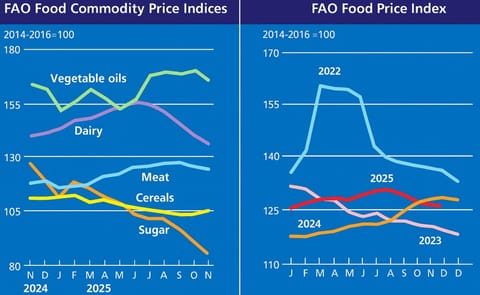Walter De Jong shouts over the roar of fans in the greenhouse. He’s telling me about the seedlings beside him, which pepper the dark soil in a grid of small planting pots. De Jong, a potato breeder and geneticist at Cornell University in Ithaca, New York, hopes that at least one of the plants will yield a best seller, but it’s far more likely that they’ll amount to compost.
De Jong produced the plants in the same old, laborious way that his father did before him. He collected pollen from a plant that produces potatoes that fry as potato chips should and then sprinkled the pollen on the flower of a potato plant that resists viruses. If the resulting potatoes bear their parents’ finest features—and none of the bad ones—De Jong will bury them in the ground next year and test their mettle against a common potato virus. If they survive—and are good for frying and eating—he and his team will repeat this for 13 years to ensure that problematic genes did not creep in during the initial cross.
Related PotatoPro Newsletter: The History and Future of GM Potatoes
Each year, the chance of failure is high. Potatoes that resist viruses, for example, often have genes that make them taste bitter. Others turn an unappetizing shade of brown when fried. If anything like that happens, De Jong will have to start from scratch. Tedious as it is, he loves the work. Kicking up dirt in the furrows that cascade along the hillsides of upstate New York, he says, “I’m never stressed in the potato fields.”
De Jong has been working with farmers long enough to know that our food supply is never more than a step ahead of devastating insect infestations and disease. Selective breeders like De Jong work hard to develop resistant crops, but farmers still have to turn to chemical pesticides, some of which are toxic to human health and the environment. De Jong enjoys dabbing pollen from plant-to-plant the old-fashioned way, but he knows that selective breeding can only do so much.
So while De Jong still devotes most of his time to honing his craft, he has recently begun to experiment in an entirely different way, with genetic engineering. To him, genetic engineering represents a far more exact way to produce new varieties, rather than simply scrambling the potato genome’s 39,000 genes the way traditional breeding does. By inserting a specific fungus-defeating gene into a tasty potato, for example, De Jong knows he could offer farmers a product that requires fewer pesticides.
“We want to make food production truly sustainable,” De Jong says, “and right now I cannot pretend that it is.”
- News
- Food Trends
- The hard question:...

July 24, 2013
Source
Like to receive news like this by email? Join and Subscribe!
Get the latest potato industry news straight to your WhatsApp. Join the PotatoPro WhatsApp Community!
Highlighted Company
Related News

December 13, 2025
Gulfood 2026 positions Dubai as global hub for next-generation food and beverage trade
The global food and beverage industry is entering a defining era, driven by health, technology, sustainability, transparent sourcing and AI-powered performance, as the global food and beverages market is projected to reach USD 11.37 trillion by 2030.
December 08, 2025
FAO Food Price Index declines for the third consecutive month in November, with all indices but cereals down
The FAO Food Price Index averaged 125.1 points in November 2025, down 1.2 percent from October and marking a third consecutive monthly decline. Lower prices for dairy products, meat, sugar and vegetable oils outweighed an increase in the cereal index.
November 26, 2025
McCain Foods CEO Max Koeune Named Co-Chair of Consumer Goods Forum to Drive Global Collaboration
Max Koeune, CEO of McCain Foods, joins The Consumer Goods Forum as Co-Chair alongside Tesco’s Ken Murphy, driving global collaboration and innovation. McCain continues its leadership in sustainability, food waste, and industry partnerships.Latest News
Sponsored Content
Sponsored Content
Sponsored Content
Where
Sponsored Content








